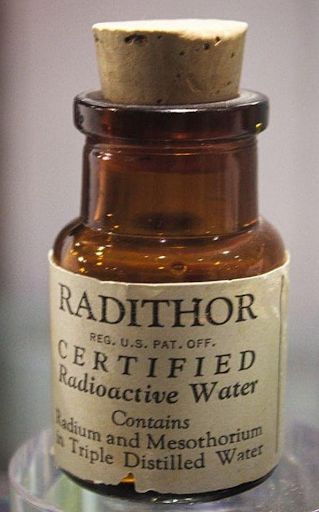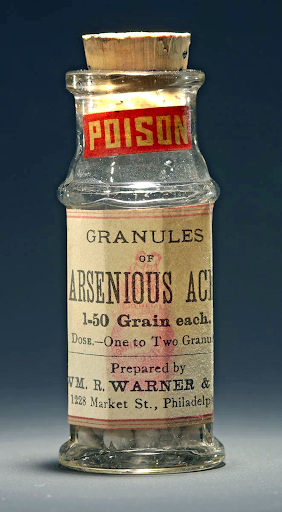7 Crazy Inventions That Shockingly Turned Out Dangerous for People!
In the world of innovation, many inventions are created to make life easier or more exciting. However, not all ideas go as planned. Some inventions, while groundbreaking at first, have shockingly turned out to be harmful to people. From exploding hoverboards to radioactive health tonics, here are 7 crazy inventions that unexpectedly became dangerous for users!
1. Urban Window Baby Cage:
Introduced in the 1930s, the baby cage was meant to allow babies to get fresh air while living in small, crowded apartments. These cages were attached to apartment windows several stories above the ground. The idea seemed practical for giving children some outdoor exposure, but it was extremely dangerous. A slight misstep in installation or damage to the cage could cause it to fall, putting babies at risk of falling from great heights.
2. Radium Water:
At the beginning of the 20th century, radium was believed to have health benefits. People added it to drinking water as a health tonic, claiming it could boost energy and vitality. However, radium is radioactive, and prolonged exposure to it can cause severe health problems, including radiation poisoning and cancer. People who drank radium water eventually suffered from serious illnesses, bone decay, and even death due to the toxic effects of radiation.
3. Lead-Based Makeup:
In ancient times, particularly in Roman culture and the Renaissance, women used makeup made from lead to achieve a pale, fair complexion. Unfortunately, lead is highly toxic, and constant exposure to lead-based products causes lead poisoning. This led to a range of health issues, from skin problems to organ failure, and in many cases, resulted in death. Despite its beautifying effects, the long-term health risks made lead-based makeup incredibly dangerous.
4. Trepanation Devices:
Trepanation, the practice of drilling holes into a person's skull, was believed to cure headaches, and mental disorders, and relieve pressure on the brain. This ancient medical practice dates back thousands of years and was often done without proper surgical tools or sterilization. Unsurprisingly, this led to a high risk of infections, brain damage, and death. The lack of understanding of how the brain works made this procedure more dangerous than beneficial.
5. Lobotomy Tools:
Lobotomies were widely used in the early 20th century as a treatment for mental illnesses like schizophrenia, depression, and anxiety. The procedure involved severing connections in the brain’s prefrontal cortex using tools such as an ice pick. While the intention was to calm patients, the result was often disastrous. Many patients experienced severe cognitive impairments, loss of emotional function, and personality changes. The surgery left them in a vegetative state, unable to live independently.
6. Mercury-Based Medicines:
Mercury was commonly used in old medicines, especially in the treatment of syphilis and other diseases. However, mercury is a highly toxic metal that, when ingested or applied to the body, can lead to mercury poisoning. This poisoning affected the brain, kidneys, and nervous system, causing tremors, memory loss, and even death in severe cases. Despite its use as a "cure," mercury did far more harm than good, with many patients suffering serious long-term health damage.
7. Exploding Hoverboards:
In recent years, hoverboards gained massive popularity, especially among kids and teenagers. However, many of these devices were built with faulty lithium-ion batteries, which were prone to overheating. As a result, several hoverboards caught fire or even exploded while charging or being used. This posed a serious danger to users, leading to burn injuries and property damage. The issue became so widespread that some airlines and retailers banned hoverboards due to safety concerns. Despite their fun appeal, the poor manufacturing standards made hoverboards a risky gadget for many users.







